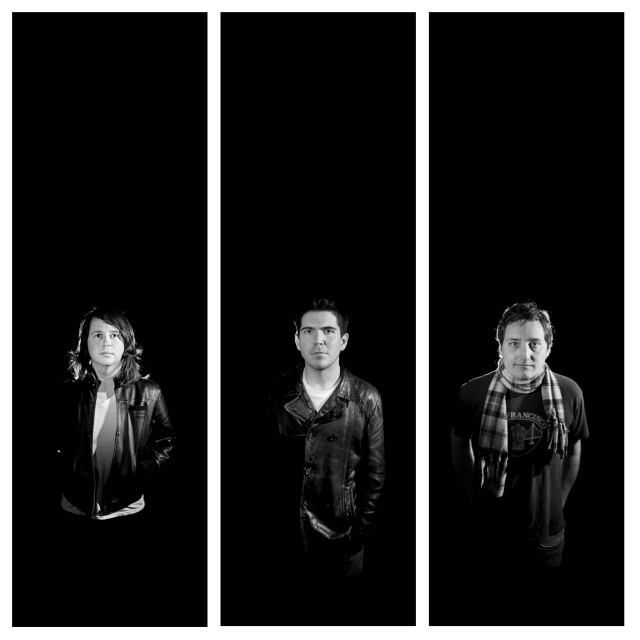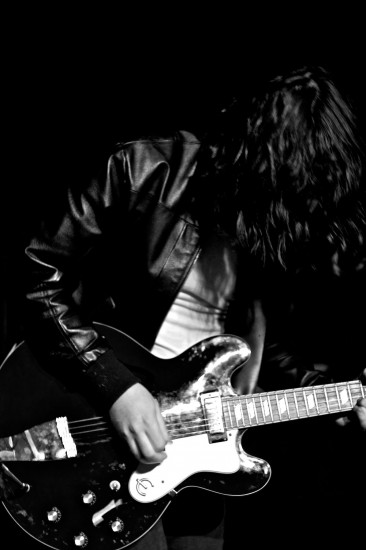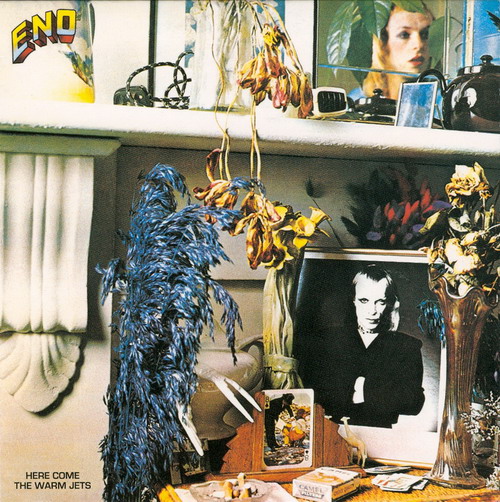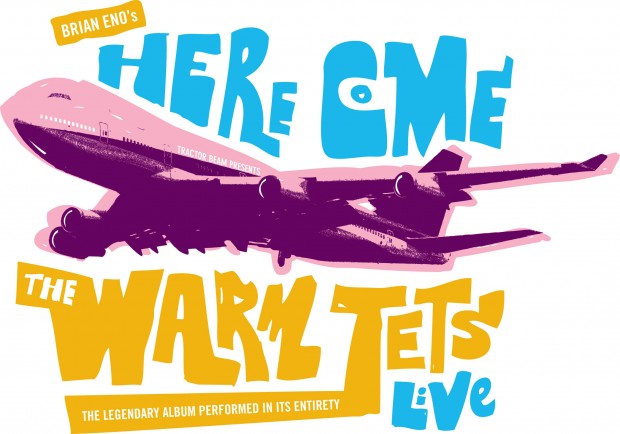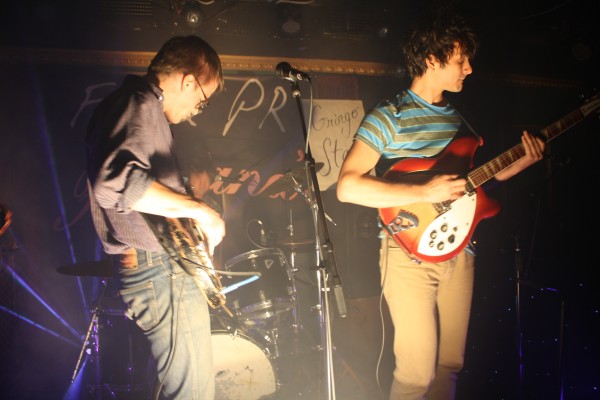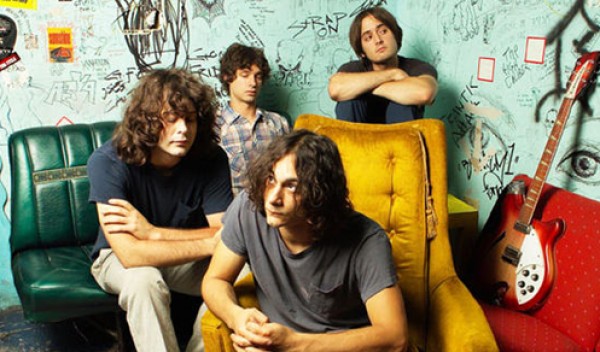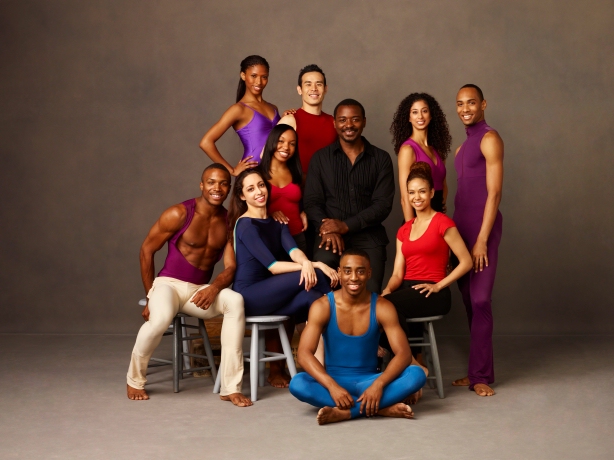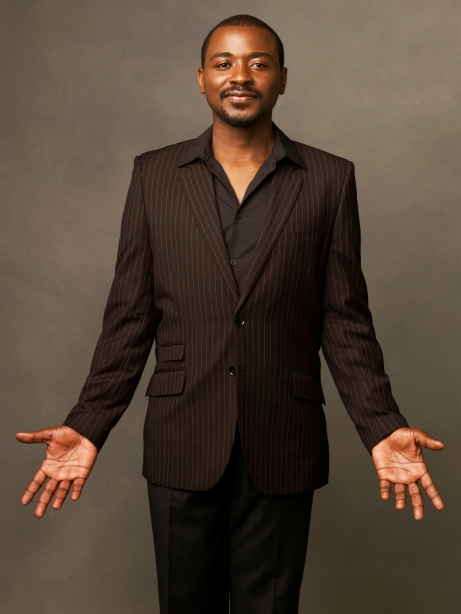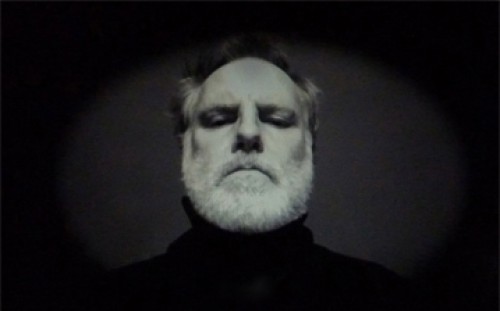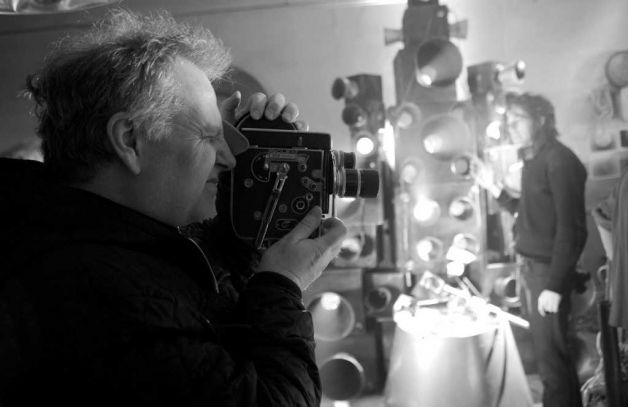MACARON DAY 2012
Multiple locations
Tuesday, March 20, one free macaron per person at each location
www.macarondaynyc.com
Held in conjunction with Jour du Macaron in Paris, which is now in its seventh year, the third annual Macaron Day in New York City celebrates all things macaron, the meringue-based delicacy that dates back to Catherine de’Medici’s wedding in 1533. Not to be confused with the glutinous mass of stickiness known as macaroons that come out every Passover, macarons are small, round, delicate, and colorful dessert cookies that feature crisp, airy almond flour, egg, and sugar shells surrounding such ganache flavors as chocolate, vanilla, pistachio, lemon, almond, salted caramel, coconut, and coffee as well as red velvet, Nutella, yuzu, s’more, tahini sesame, pumpkin spice latte, dark chocolate with cocoa nibs, dulce de leche, candied bacon with maple cream cheese, smoked salmon with dill and fruit coulis, prune Armagnac orange, cinnamon pistachio with Morello cherries, foie gras with fig and speck, and other concoctions. High-quality macarons generally run between $2.25 and $2.75 apiece, although you can find good ones for $1.50 as well as extraordinary larger and denser ones for as much as $6 (at La Maison du Chocolat).
New York’s Macaron Day is the brainchild of award-winning Nice-born third-generation pastry chef François Payard, who operated his own highly acclaimed restaurant on Lexington Ave. for twelve years and now has a pair of more casual FPB (François Payard Bakery) spots, one on West Houston St., the other on Murray St. Fifteen patisseries, including FPB, are participating in Macaron Day this year. Start by visiting any one of them, tell them you are there for Macaron Day, and receive one free macaron, a punch card, and a sticker (no punch card or sticker at Macaron Café). Visit the others to sample more free macarons and collect stickers for the card (one macaron and sticker per location). Once filled with twelve different stickers, the card is good for a free six-piece gift box of Payard macarons at FPB. Chef Payard recently shared with us what makes macarons so special.
twi-ny: What is the single most important element in creating the perfect macaron?
François Payard:The perfect macaron should be crunchy yet be soft in the center. The ganache filling should be the dominant flavor. The almond flavor in the shell also needs to come out. It is very important to use a high-quality almond flour so the almond flavor comes through in the macaron shell.
twi-ny: What’s the easiest way to make a lousy one?
François Payard:The easiest way to make a bad macaron is to have a chewy shell or an overcooked shell that dries out the macaron.
twi-ny: Over the last few years, New York City has gone cupcake crazy, there’s a building donut fanaticism, and now macarons have entered the dessert frenzy. Where do you see macarons fitting in this triumvirate? Do you think the growing love affair with macarons will be a long-lasting one or a fad?
François Payard: I think macarons will be long lasting. When people are tired of the sweet macarons, they can discover how versatile they really are. You can have sweet or savory macarons. Many pastry chefs are now making savory ones. Macarons will be long lasting because they are bite size and people don’t feel as guilty eating one compared to a large cupcake or donut. You can eat a few and not feel as guilty.
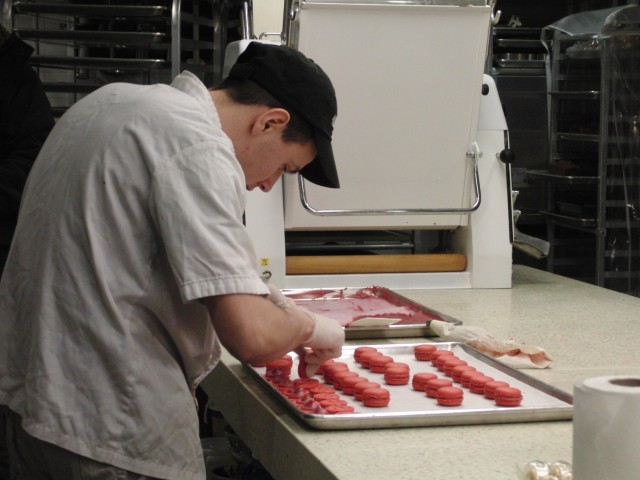
Macarons are made fresh daily at such bakeries as Mille-feuille in the Village (photo by twi-ny/mdr)
twi-ny: What is the correct serving size for macarons? While it would be possible to sit down and eat five or six (or more) at a time, that could get rather expensive.
François Payard: I think for everyone two or three is enough. Only if you want to taste and compare should you try more, but only eat half of each. Two macarons are perfect along with a cup of coffee or afternoon tea instead of a pastry.
twi-ny: Is there a competition between patisseries such as FPB and the many dessert trucks that are now hitting the streets of the city?
François Payard: I think New York is big enough for everyone. People need to be open-minded. Food trucks cannot be in the same place every day, so it is not as steady a business.
twi-ny: Do you think the food trucks are good or bad for business in general?
François Payard: The trucks encourage creativity among pastry chefs. They allow people who are starting out to test the market.
More than a dozen New York City bakeries are participating in Macaron Day, including both locations of François Payard Bakery, one on West Houston and the other on Murray, as well as at Bisousciao on Stanton, Bosie Tea Parlor on Morton, Bouchon Bakery in Rockefeller Plaza and the Time Warner Center, Butterfield Market on Lexington, Cannelle Patisserie in Queens, Chantilly Patisserie in Bronxville, Desserts by Michael Allen at the Fresh Fanatic Organic Market on Park, Dominique Ansel Bakery on Spring, Épicerie Boulud on Broadway, FC Chocolate Bar at the Plaza, La Maison du Chocolat at Rock Center and on Madison Ave. and Wall St., Macaron Café on West 36th St. and on Madison Ave., Macaron Parlour on St. Marks, Mad-Mac at Bernardaud on Park, and Mille-Feuille Bakery and Café on La Guardia Pl., with ten to fifteen percent of macaron sales going to City Harvest.
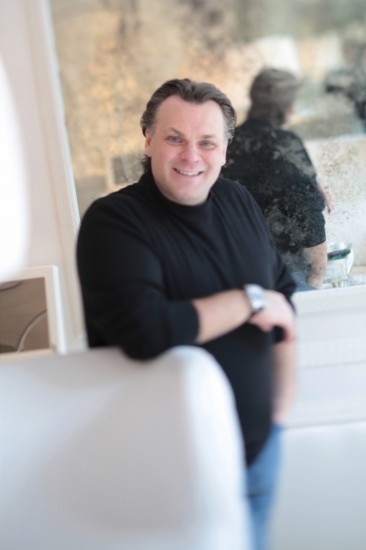

 “Words can’t really express a person’s emotions. They’re too inert.” So says Andrei Tarkovsky’s dream-filled, surreal masterpiece The Mirror, which features long scenes with little or no dialogue. Tarkovsky turns the mirror on himself and his childhood to tell the fragmented and disjointed story of WWII-era Russia through his own personal experiences with his family. Tarkovsky was obsessed with film as art, and this nonlinear film is his poetic masterpiece; he even includes his father’s poems read over shots that are crafted as if paintings. Many of the actors play several roles; have fun trying to figure out who is who and what exactly is going on at any one moment. The Mirror is screening on March 11 at 6:00 at the Museum of the Moving Image as part of the special program “Geoff Dyer on Tarkovsky, Cinema, and Life” and the ongoing “See It Big!” series and will be introduced by award-winning author Dyer, whose latest nonfiction tome is Zona: A Book About a Film About a Journey to a Room (Pantheon, February 21, $24), an obsessively detailed examination of Tarkovsky’s
“Words can’t really express a person’s emotions. They’re too inert.” So says Andrei Tarkovsky’s dream-filled, surreal masterpiece The Mirror, which features long scenes with little or no dialogue. Tarkovsky turns the mirror on himself and his childhood to tell the fragmented and disjointed story of WWII-era Russia through his own personal experiences with his family. Tarkovsky was obsessed with film as art, and this nonlinear film is his poetic masterpiece; he even includes his father’s poems read over shots that are crafted as if paintings. Many of the actors play several roles; have fun trying to figure out who is who and what exactly is going on at any one moment. The Mirror is screening on March 11 at 6:00 at the Museum of the Moving Image as part of the special program “Geoff Dyer on Tarkovsky, Cinema, and Life” and the ongoing “See It Big!” series and will be introduced by award-winning author Dyer, whose latest nonfiction tome is Zona: A Book About a Film About a Journey to a Room (Pantheon, February 21, $24), an obsessively detailed examination of Tarkovsky’s 